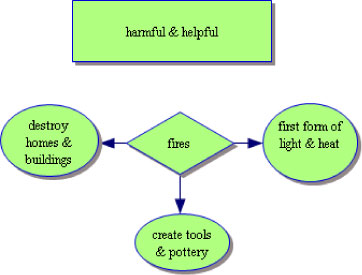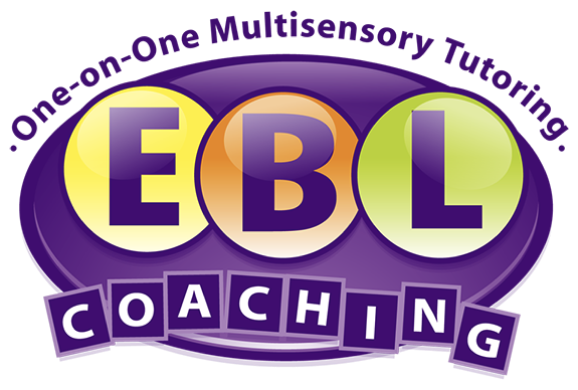Classroom Ready: Strategies for Students to Thrive in School
By: Dr. Emily Levy
(Published in Parent Guide Magazine, September 2009)
As summer winds down, the thought of going back to school gives many students the jitters. Homework demands build and staying focused in class becomes an important goal once again. Learning strategies to help your child stay focused, organized, and motivated will allow him or her jump-start the school year on a positive note.
The Multi-Sensory Approach
The multi-sensory approach is a great way to help your child stay focused and on-task. By integrating as many senses as possible, you can help your child learn new information and lock it into his or her long-term memory. This multi-sensory approach, which integrates the visual, auditory, and tactile/kinesthetic senses, can be applied to nearly all aspects of school. For instance, it can be applied to math, by using counters, base ten blocks, white boards, play money, and dice. It can also be used for phonics, with magnetic tiles, colored sand, and shaving cream for learning new sounds. Additionally, multi-sensory teaching can be used with reading comprehension and note taking.
Reading Comprehension
A great strategy to help students become active readers and to build their study skills involves three colored highlighters: blue, green, and yellow. As the school year progresses, students will inevitably be required to read passages with increasing levels of text. This strategy will help them organize this information and identify key elements when reading. The strategy works as follows:
The student should first read the passage without any highlighting.
Next, he or she should identify the topic of the passage, which is one to three words describing what the passage is about. Some examples of topics include: the beach, New York City, and bluebirds. He or she should always highlight the topic in blue.
After highlighting the topic, the student should then look for the main idea. The main idea is a phrase or sentences which describes what the author is saying about the topic. For example, if the topic is flowers, the main idea might be: Growing flowers is an easy process. The student should highlight the main idea in green.
Finally, the student should identify the important details. Note that only important details – not just any details! – should be highlighted. Students should also try to highlight words and phrases (not full sentences) whenever possible. They should highlight the important details in yellow.
To take it to the next level, students can write a one to two line summary in their own words describing what the passage is about. They can either write it in their book at the bottom of the page, or on a post-it note that they can stick in their book. This strategy is a great one for building active reading and overall study skills.
Webbing
Often times, students are not introduced to note taking until middle school or later. By using this highlighting strategy as a basis for note taking, we can introduce the concept of note taking at a very early level. The Webbing Strategy is a great way to do this.
Here’s how it works:
Say, for example, a student has to read the following passage for school: Fires can be harmful and helpful. They can destroy homes and buildings and turn forests into piles of ash in very little time. Yet fire gave humans the first form of light and heat. It allowed us to cook food in unique ways. It also helped us create tools and pottery and harden bricks. Fire became an essential part of our daily lives.
After the student reads the passage, he or she should highlight the topic in blue (in this case, fires), the main idea in green (in this case harmful and helpful), and the important details in yellow (students can highlight words such has destroy homes and buildings, first form of light and heat, etc.). This is where the Webbing Strategy, a great form of note taking, begins. Students should draw a diamond in the middle of the page and write the word fires inside the diamond (the topic goes in the diamond in the middle). Next, he or she should draw a rectangle on the top of the page and write the main idea inside of it. Finally, he or she should draw bubbles branching out of the diamond and write the important details inside them. You can encourage your child to use abbreviations, symbols, and contractions, since this is a form of note taking. A sample Web diagram might be as follows:

Note that students are free to add as many or as few important detail bubbles as they’d like. Also, they can color code the bubbles as follows: diamond in blue (for topic), rectangle in green (for main idea), and circles in yellow (for important details).
These strategies are great tools for helping students stay organized, focused, and on-task. They also build helpful reading comprehension and note taking skills. Try these strategies at home with your child as the new school year begins and remember, the more multi-sensory, the better!
